A group representing Scottish estate owners has claimed proposals for a new Land Reform Bill could be a ‘minefield’ that may impede the country’s net zero ambitions.
The Scottish Government is currently consulting on a new Land Reform Bill, which is due to be tabled next year.
The government says the bill is designed to “address long-standing concerns about the highly-concentrated pattern of land ownership in rural areas of Scotland”.
A consultation on the bill, which closes tomorrow, says the government wants to “ensure that our land is owned, managed, and used in ways that rise to the challenges of today: net zero, nature restoration and a just transition”.
Mairi McAllan, land reform minister, said the government is “fully committed” to tackling the adverse effects of scale and concentration of land ownership.
Proposed measures include a new “public interest test”, which could potentially result in major land deals being blocked.
It could also include a requirement on owners of larger scale holdings to give prior notice to community bodies of intentions to sell-up.
There have also been calls for a cap on the amount of land that can be owned by any individual or group.
But Scottish Land and Estates (SLE), which represents rural land businesses, has raised concerns the bill could have an adverse effect on projects designed to help Scotland’s greenhouse gas emission targets, as well as on local communities.
Sarah Jane Laing, chief executive of SLE said: “The government says it plans transformative change that will benefit communities and the environment.
“It could have the very opposite effect.”
Land Reform Bill: ‘Scale of ownership is crucial to improving the environment’ says SLE chief executive
Ms Laing said her organisation has questions about the impact the Land Reform Bill could have on green initiatives like peatland restoration on rural estates, which play an important part in reducing Scotland’s net emissions.
She said: “Scale of ownership, whether you are a public or private owner, is crucial to improving the environment through peatland restoration, renewable energy and biodiversity.
“Scale also provides the platform for vital economic activity in some of our most fragile areas.”
The chief executive continued: “Planning yet more laws and a public interest test that may well result in large scale land sales and acquisitions becoming embroiled in legal disputes and red tape threatens to add millions of pounds to the cost of land reform to the Scottish taxpayer.
“State interference of this degree in the land market is a minefield and unnecessary, and will do nothing to help us get towards net zero“.
‘The impression that big is bad is deeply flawed’: North and north-east estate chiefs weigh in
Mark Nicolson, owner of the Mar Estate near Braemar in Aberdeenshire, said “we are heavily involved in peatland restoration”, and highlighted his concerns about how the bill would impact this work.
Although perhaps not as well-known as tree planting, the restoration of Scotland’s peatlands is a crucial weapon in Scotland’s fight to become a net zero society.
Mr Nicolson said: “We have been able to embark on these projects because of our scale and range of estate operations, and are committed to doing our bit to help reach net zero.
“It’s early days for these type of projects, but setting out to fragment ownership will not, I expect, assist the Scottish Government in the pursuit of net zero.”
And Andrew Howard, managing director of Moray Estates, added: “Landowners are not against government intervention where it is necessary and are well used to engaging with communities to meet their aspirations as we ourselves are part of the community.
“We know that we are only able to do projects such as building new homes and a new community in our area because of the scale of our land holding and activities.
“The impression that big is bad is deeply flawed when you see what is being achieved through scale.”
Scottish Government says it ‘understands and fully appreciates’ net zero contributions of landowners
A spokeswoman for the Scottish Government said “we understand and fully appreciate the valuable contribution many responsible landowners across Scotland make to our economy and delivering our net zero ambitions”.
She continued: “Our proposals aim to encourage and support responsible and diverse land ownership, including ensuring that communities have more opportunities to own land, and have a say in how land in their area is used.
“We will carefully consider the response to our consultation as we develop these proposals for inclusion in the Land Reform Bill.”
See also:
- Community groups tell SNP to stop the rich buying up land
- Green Lairds? Carbon credits? Your guide to Scotland’s carbon capture controversies
- You can access the consultation on the Land Reform Bill proposals here.
- For peat’s sake: How saving Scotland’s peatlands could be key to saving the planet
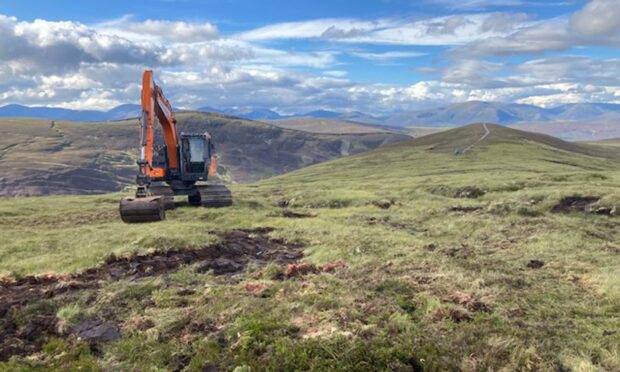
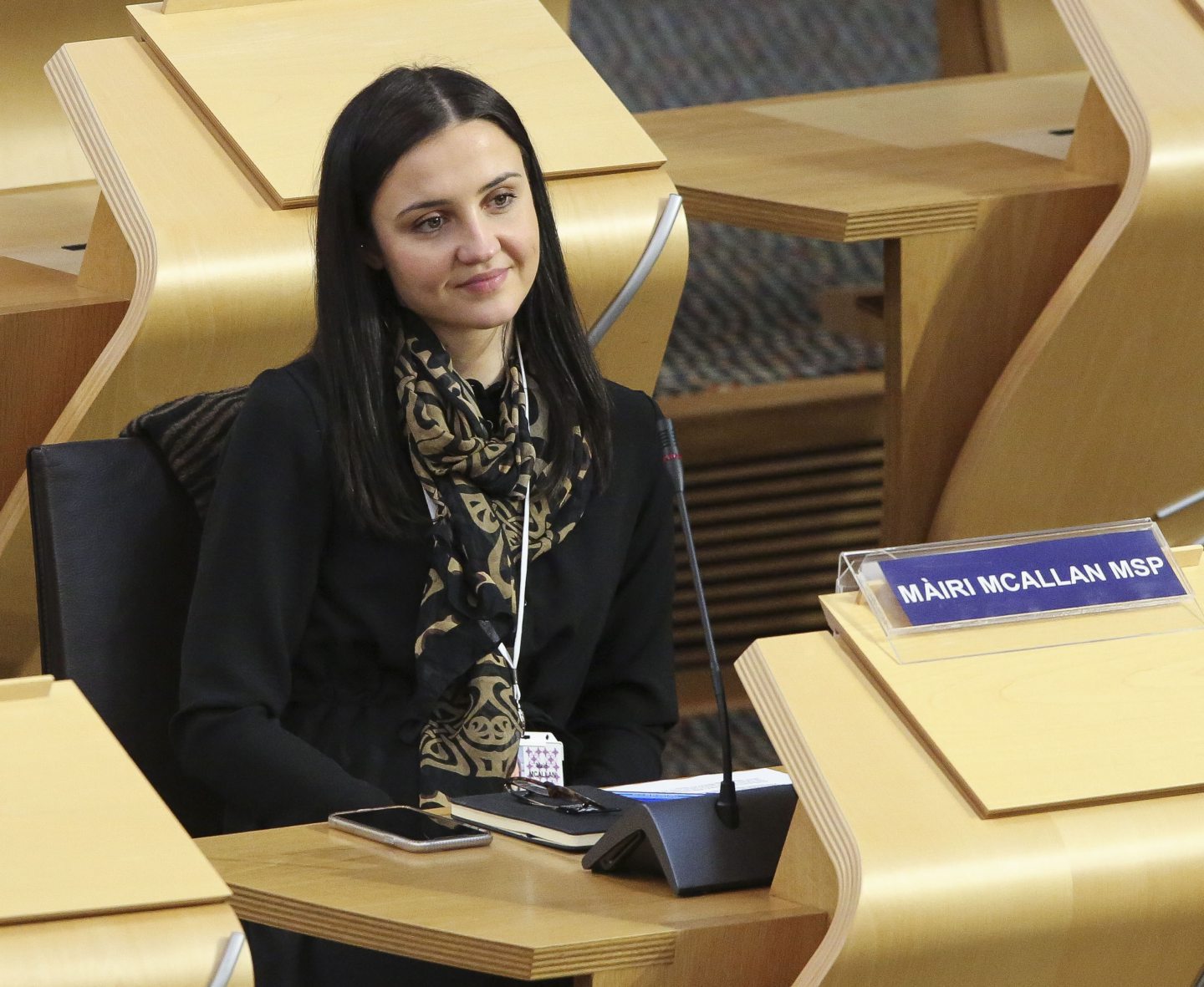
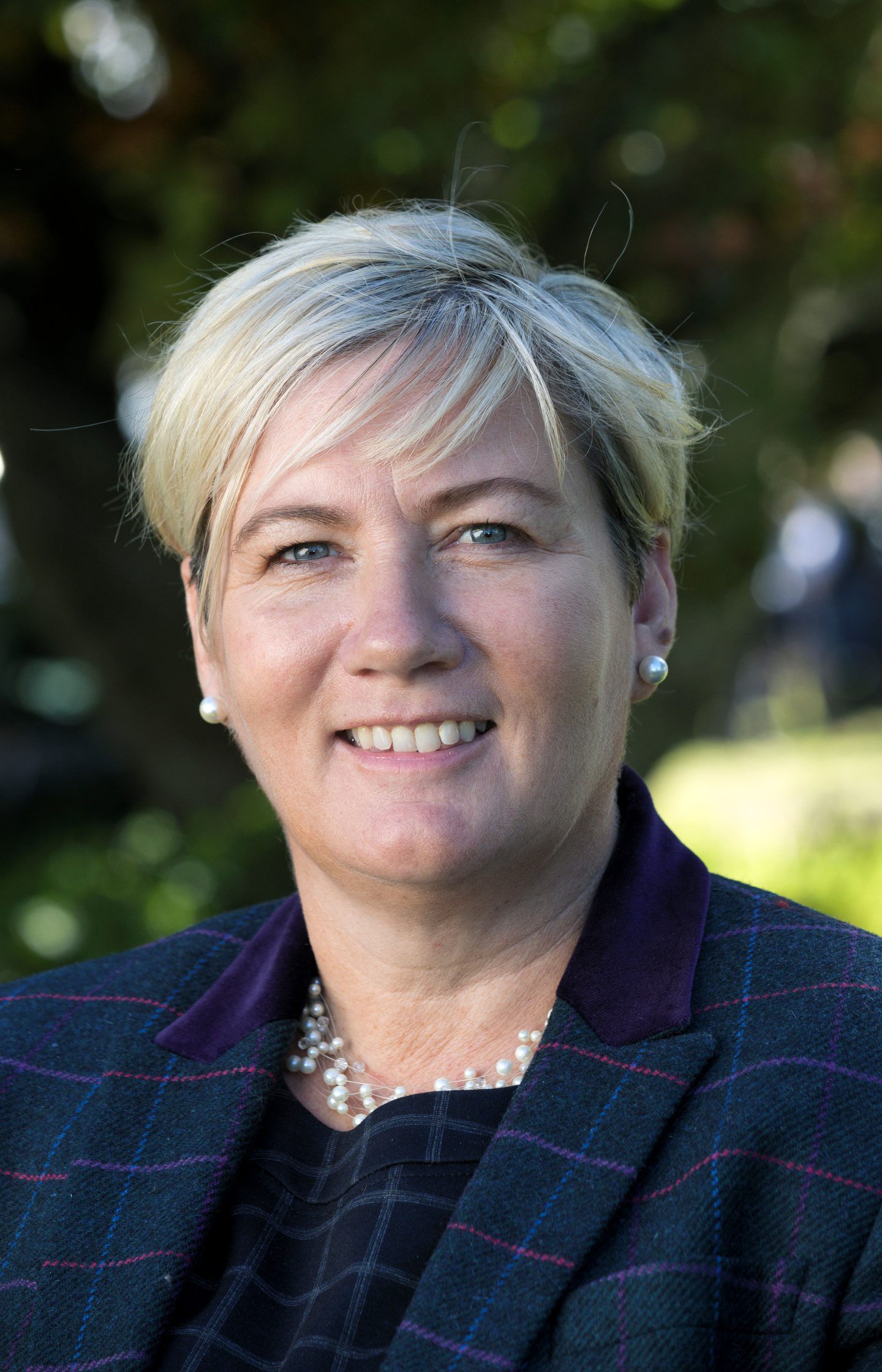
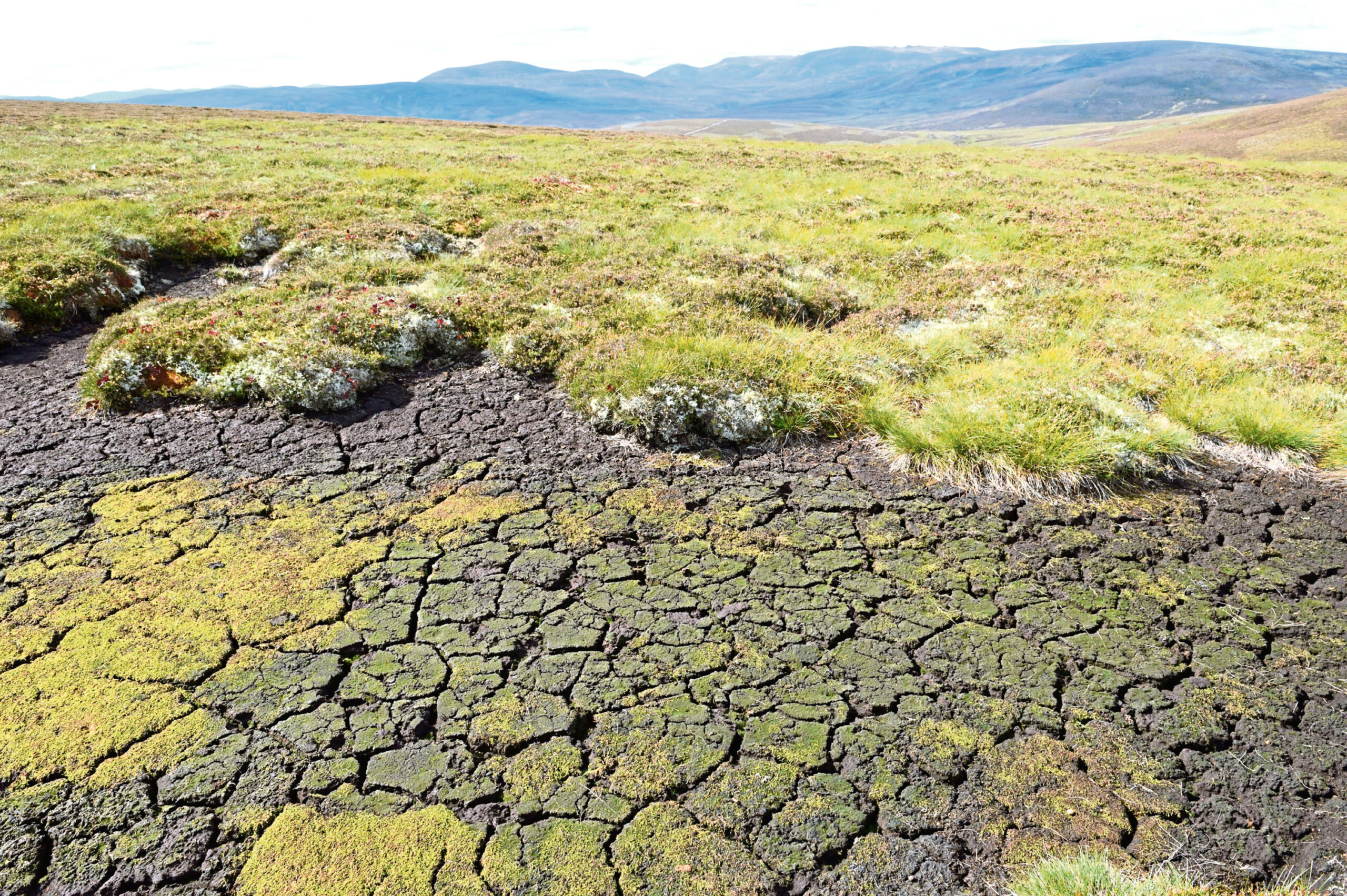
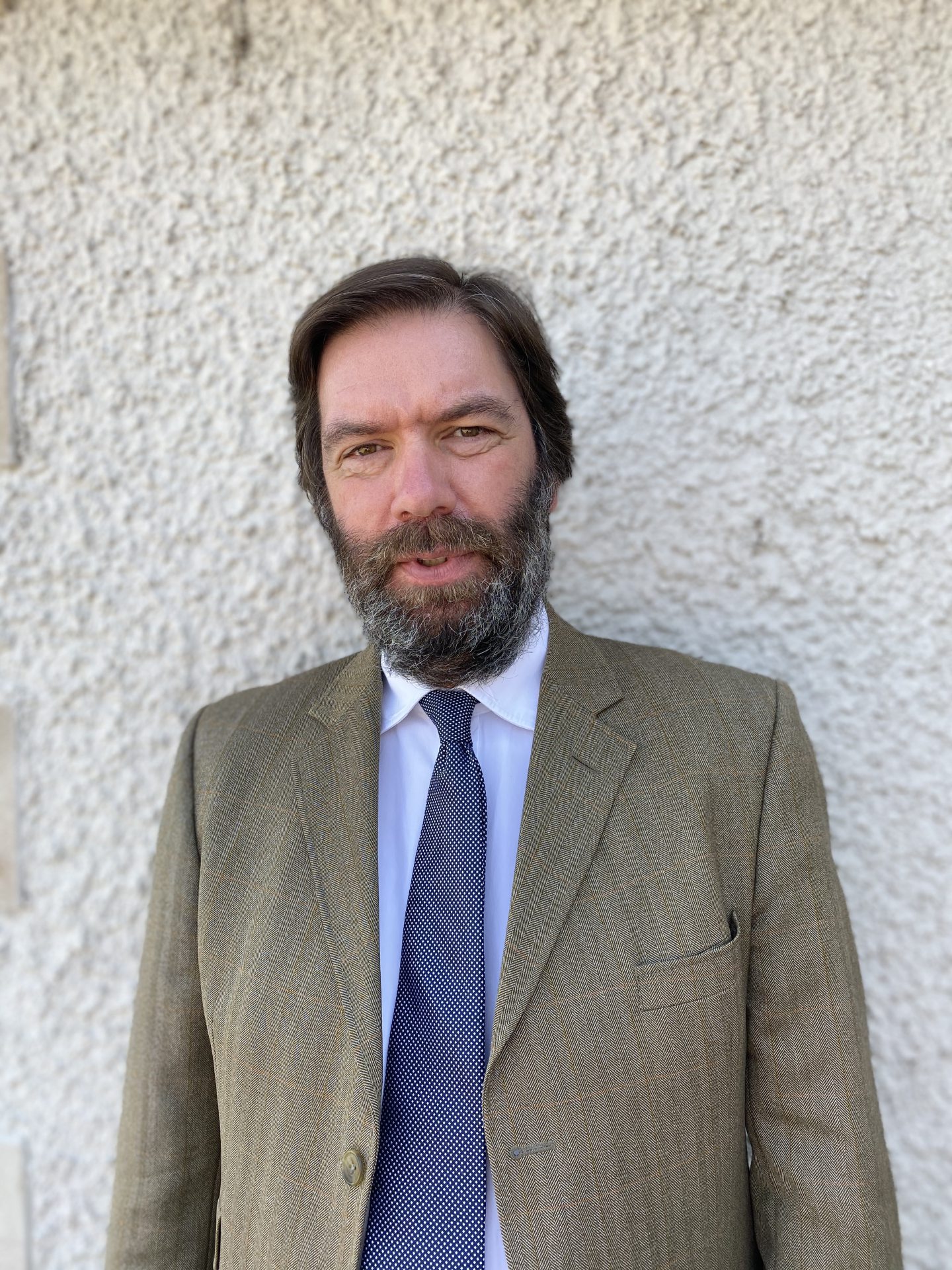










Conversation